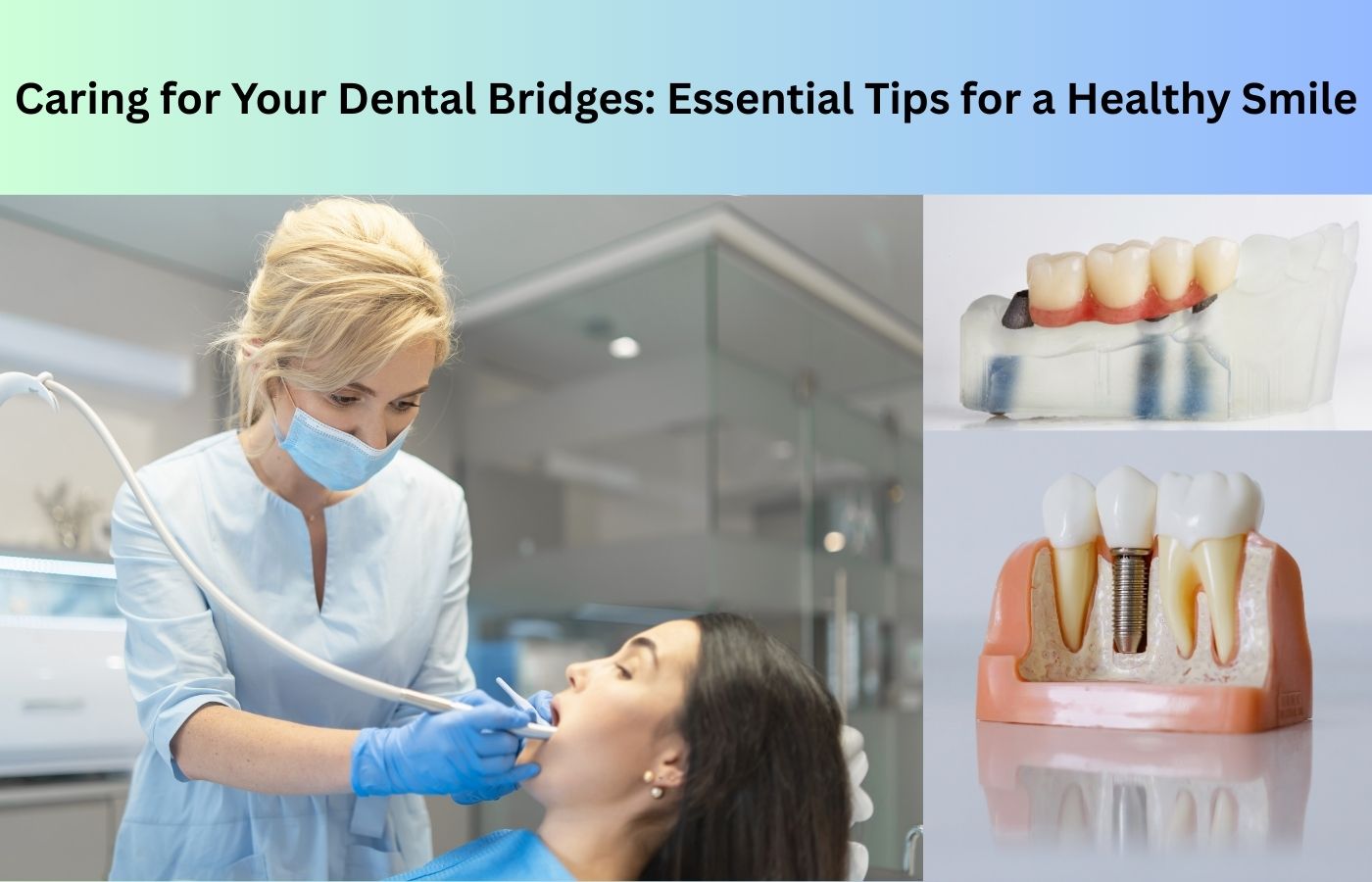
Dental bridges are a popular and effective solution for replacing missing teeth. Whether you have a fixed or removable bridge, maintaining proper dental bridge care is essential to ensure your oral health remains in top condition. Just like your natural teeth, dental bridges require attention, cleaning, and regular checkups to remain functional and aesthetic for years.
If you’ve recently gotten a bridge or are planning to get one at a shoulder X-ray dental clinic close to me, this guide will walk you through how to care for dental bridges effectively.
A dental bridge fills the gap left by one or more missing teeth. While they are made from durable materials, poor dental bridge maintenance can lead to gum infections, decay of the supporting teeth, and even premature failure of the bridge.
At Diagnopein Dental Clinic, patients are guided through detailed post-procedure care to preserve their oral health. Let’s break down the key steps for bridge hygiene and upkeep.
One of the first steps in dental bridge care is proper brushing. Use a soft-bristled toothbrush and non-abrasive fluoride toothpaste twice a day. Gentle, circular motions around the bridge help remove plaque buildup. Consistency in dental bridge brushing prevents the accumulation of harmful bacteria around the gums and underlying natural teeth.
2. Master the Art of FlossingFlossing around a dental bridge is slightly different but equally essential. Since the bridge is anchored, a regular floss won’t reach the area beneath. Use a floss threader or water flosser to clean underneath and between the pontic and gums. Following a daily routine of dental bridge flossing will reduce the risk of gum inflammation and bone loss.
If you’re unsure how to do this properly, professionals at any dental clinic close to me, like Diagnopein, can show you the right technique.
3. Rinse with Antibacterial MouthwashIncorporating a good quality, alcohol-free mouthwash adds a layer of protection against plaque and gum infections. It complements your dental bridge hygiene routine and keeps your breath fresh.
4. Watch Your Diet – It MattersPost-treatment, dentists often provide dental bridge diet recommendations to protect the bridge and natural teeth. Here are some key pointers:
Following a balanced diet is vital not only for your bridge’s health but also your overall dental structure.
Use an interdental brush or water flosser to gently remove food particles under the bridge. These dental bridge cleaning tips are easy to follow once they become part of your routine. Neglecting this can lead to bad breath and infections.
Scheduling regular checkups is crucial for shoulder X-ray dental bridge aftercare. Your dentist will assess the condition of the bridge and supporting teeth, ensuring everything functions properly. They may also professionally clean areas you can’t reach.
At Diagnopein, advanced imaging tools and experienced dentists ensure your bridge remains stable and well-maintained.
While bridges are generally long-lasting, sometimes damage or discomfort can occur. Be aware of signs like:
If you notice these symptoms, seek dental bridge repair immediately. Prompt attention can often prevent a more serious problem.
Use toothbrushes designed for sensitive gums and dental work, and non-abrasive toothpaste. Avoid using toothpicks or metal objects around the bridge. Your dentist may recommend products specifically tailored for dental bridge maintenance.
9. Don’t Skip the BasicsBeyond bridge-specific care, maintaining general oral hygiene is equally important. That includes brushing your tongue, drinking enough water, and not smoking. All these habits contribute to overall dental bridge hygiene and prevent bad breath and infections.
10. Ask for GuidanceIf you’re ever unsure about how to care for your bridge, reach out to your dentist. Clinics like Diagnopein don’t just offer treatments; they educate patients. You can easily find a dental clinic close to me for follow-ups, cleanings, and expert advice.
Caring for your dental bridge doesn’t require fancy equipment—just the right techniques and commitment. From proper brushing and flossing to mindful eating and regular visits to a shoulder X-raydental clinic close to me, small efforts go a long way.
At Diagnopein Multispecialty Dental Clinic, we offer top-tier care, from dental bridge placement to long-term aftercare support. Visit us today for a personalized consultation and keep your smile strong, confident, and bridge-secure!